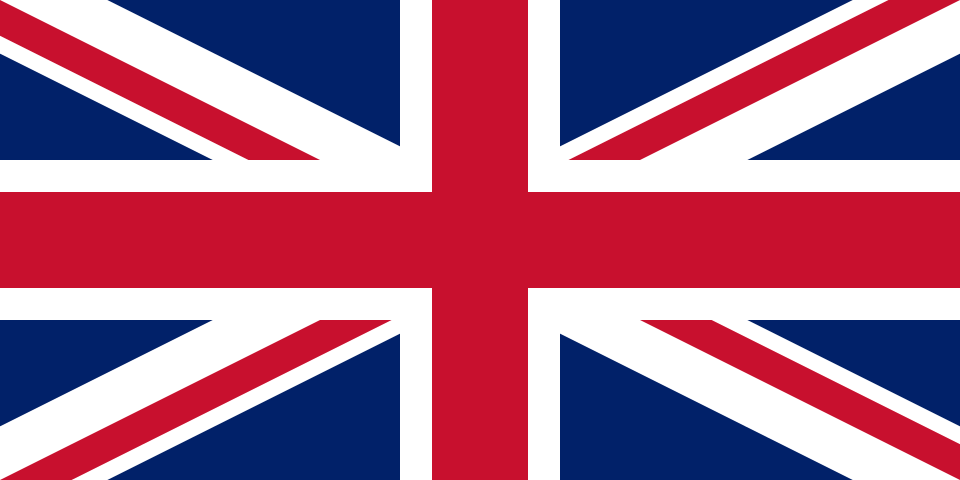From 1200 to 3200 metres above sea level, the Belleville Valley stretches from the authentic village of Saint-Martin-de-Belleville, through the ridge lines of Val Thorens and Les Menuires. These resorts, renowned for their ski area, are also ideal places, when the snow gives way to meadows, to practice numerous outdoor activities during the summer.
Between mountaineering, microlight flights, paragliding, biathlon, canyoning, rafting, heritage tours, cycling, climbing, rail sledging, meditative walking, adventure courses and tyrolean traverse, fishing, mountain biking and electric mountain biking, via ferrata, guided tours of the local heritage … The hardest thing will be to choose!
The commune of Belleville
Spread over more than 226 km2, the commune of Belleville is the 27th largest commune in France in terms of surface area. This mountain commune in the Tarentaise region of Savoie encompasses 33 year-round villages with a total population of 3,600.
Until 1965, Saint-Martin lived solely from livestock farming and young people left the country to seek their fortune elsewhere. Mr Nicolas Jay, Mayor of Saint Martin, took the initiative to launch a study on tourist development. This desire to develop the Belleville valley through tourism marked a turning point. This intensive development will be shown by the creation of the resort of Les Menuires in 1964 as well as Val-Thorens in 1973 and of course Saint Martin in 1983.
For this commune which saw its population decrease by 2/3 in the 1950s, we can say that the gamble was a success. Today there are more than 3600 inhabitants and about 55 000 tourist beds.
In 2016, the commune of Saint Martin de Belleville took a new turn by merging with the commune of Villarlurin to create the new commune of Belleville. Then again, in 2019, the commune of Belleville merged with Saint Jean de Belleville to create a new commune of Belleville.
Local heritage :
THE PARISH CHURCH OF SAINT MARTIN
Dating from the beginning of the 17th century, this church was rebuilt and enlarged twice in 1650 and 1750. Its sober façade and baroque facades are typical of Tarantaise architecture. A sober exterior contrasting with the gold and the altarpieces within. Jaques Antoine Todesco and Guillaume Moulin sculpted the main altarpiece of the church during the last quarter of the 17th century. Restored in 1991, it includes three paintings: Saint Martin on horseback sharing his cloak and, on either side, Saint Sebastian and Saint Joseph.
THE SANCTUARY OF OUR LADY OF LIFE
This Marian shrine (a branch of Christian theology studying the place of Mary in the mystery of the salvation of the world) is isolated on the heights of Saint Martin. It has been a place of pilgrimage for centuries, attracting pilgrims on 15 August for a large mass and prayers. The chapel is built in an atypical way, in the shape of a cross with a central dome. Dating from the 1650s, like the church of Saint Martin, its sober exterior contrasts with its remarkable interior. Illuminated every day at dusk, the building is a magnificent sight.
OTHER PLACES TO VISIT
The Belleville Valley has an important religious history, offering the visitor a wide choice of visits to make. Here is a non-exhaustive list:
The Saint-Jean-Baptiste church in Saint-Jean de Belleville
The Notre-Dame des Grâces chapel
The bell tower of the Maurice Romanet space in Les Menuires
The chapel of Saint Barthélemy and Sainte Brigitte
The chapel of Villarencel
The chapel of Sainte Agathe
Vanoise National Park
The ibex is the living emblem of the Vanoise National Park. This natural park has established itself as a reference in terms of development but also in terms of preservation of the natural and cultural heritage. It has managed to preserve all its authenticity.
The Vanoise Park is the first of the 10 national parks in France to be inaugurated in France. Created in 1963, it covers an immense territory. The heart of the park alone covers 535 km². In addition to the magnificent mountain scenery, there are more than 1,200 protected plants, which provide a habitat for ibex, chamois, deer, marmots and birds. In some parts of the park it is even possible to see the Bearded Vulture, a 3-metre wide bird of prey that almost became extinct in the mid-20th century before being reintroduced in 2020.
Whether you are a sportsman or a contemplator of the spectacular landscapes of the park, it is an invitation to surpass yourself, you just have to choose your point of view well. But the richness of the Vanoise is not only limited to the diversity of these sporting activities, the heritage is also studded with a remarkable built heritage.
One of the jewels of Savoyard baroque is the Chapel of Notre-Dame des Vernettes. A baroque aesthetic which spread throughout the religious buildings of Savoy in the 17th century thanks to the influence of Piedmont in Italy. Made of pine, the rich sculpted ornaments contrast with the sobriety of the exterior of the buildings. Behind the artistic virtuosity of this religious heritage lies a desire to tame hostile nature, under divine protection. Thus Christian religious fervour and popular pagan superstition are intertwined.
Like this splendid chapel, the mountain architecture of the Vanoise Park bears witness to an exceptional know-how. A heritage that is the pride of the men and women who are lucky enough to live there.

